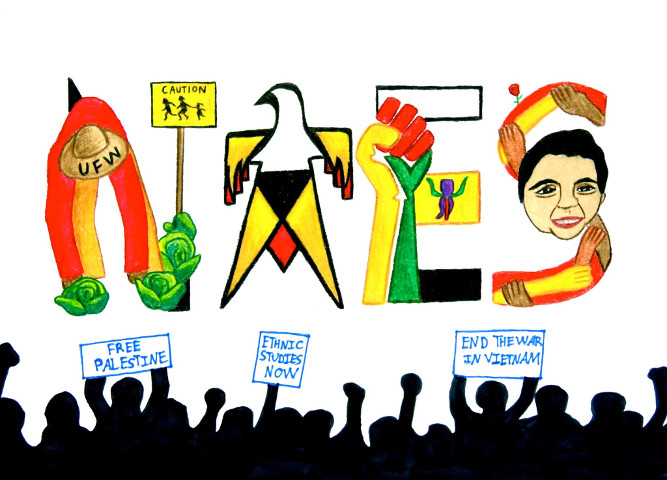Explorations in Sights and Sounds

Orginal Publication Date
1988
Journal Title
Explorations in Sights and Sounds
Volume
8
Issue
ess/vol8/iss1
First Page
23
Last Page
23
Abstract
The Freeing of the Deer is an unusual collection of southwest American Indian-Spanish lore. What makes the book so distinct is that it offers the reader the unique opportunity to appreciate Native American tales which have been preserved in Spanish and translated into English. Moreover, there is a special feature to this collection, for the English-Spanish versions are set up en-face. This collection of Native American world views as seen through their Spanish renditions also makes this an important book to have in one's library. There is, however, a drawback to this collection, namely the lack of eloquence in translation from Spanish to English. For the person who can read the Spanish language, these tales are eloquent and beautiful. They provide a succinct view of the power of the Native American's oral tradition. But when one reads them in English, an injustice is done to the oral literature of the American Indian. In essence the English translation is a watered down version of the Spanish text. Although the author is sincere in her attempt to render the Spanish text readable for an Anglo American youth audience, her translation misconstrues cultural elements of the American Indian people of the Southwest. For example, the latter part of the title to this book reads "y otras leyendas de los indios de Nuevo Mexico"; the translation of this is "and other New Mexico Indian Myths." The error then is in the word "myths," correctly it should be "legends" -- as it is in the Spanish text. The Spanish word for myth is "mito." Another error in translation occurs on page 19. The story reads "un grupo de mujeres que se conocía por el numbre de maiceras"; the direct English translation of the Spanish should read "a group of women who were known by the name of corn-females or corn women." The poetic translation, from Spanish to English, as it is in the book reads, "a group of girls called Corn Maidens." One can appreciate the point of view that the present English translation has a romantic ring to it, but it sounds very much like some of the old anthropological renditions of American Indian literature.
Rights
Copyright, ©EES, The National Association for Ethnic Studies, 1988


